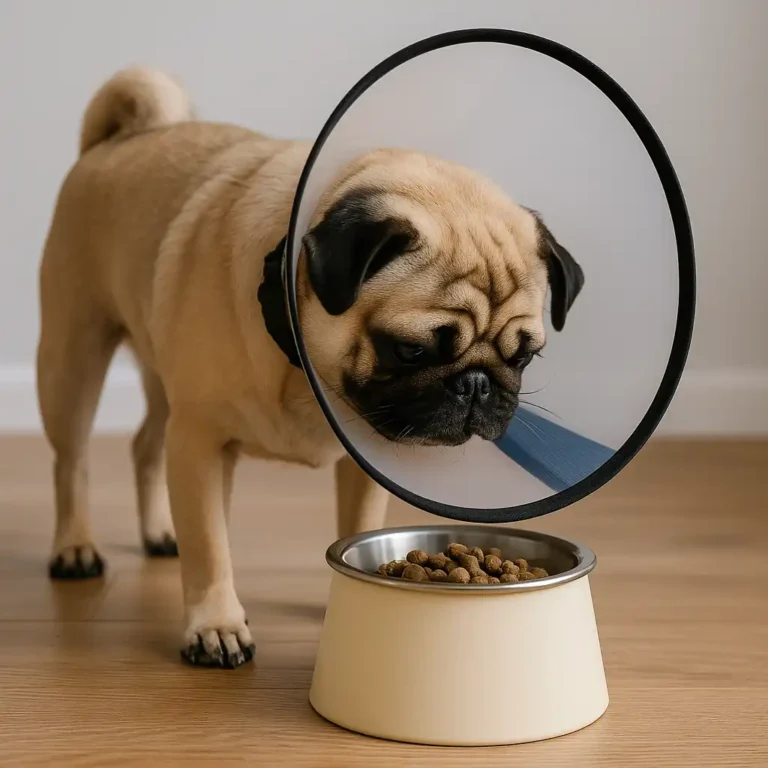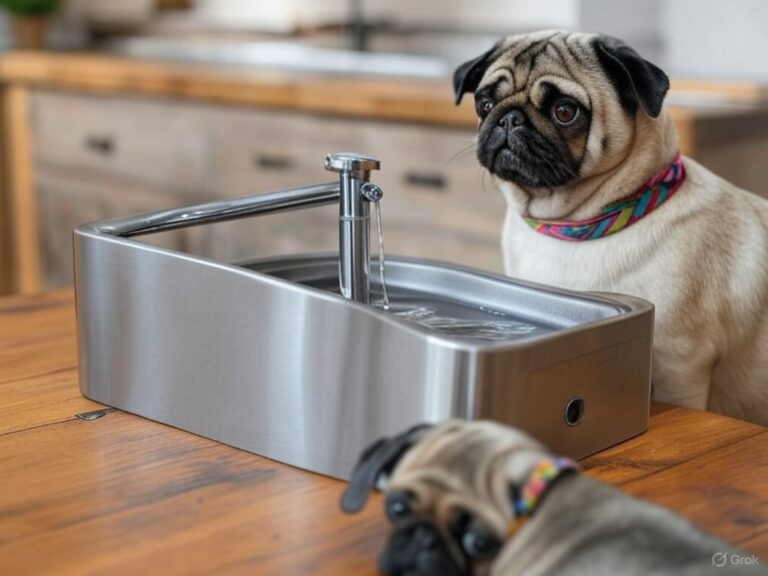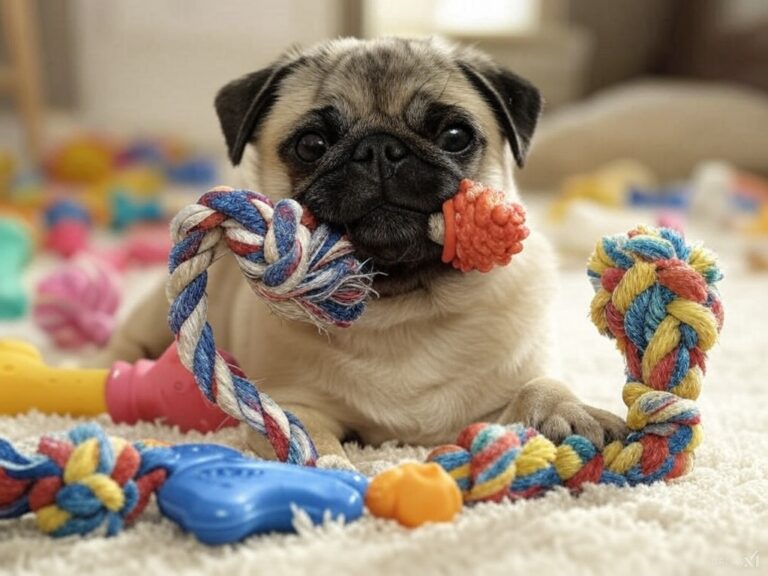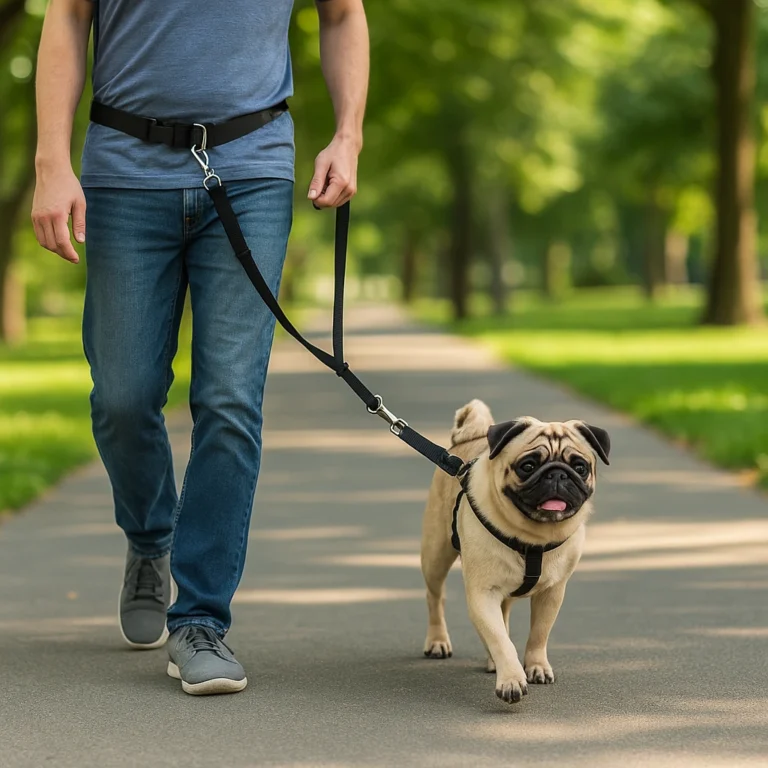Are Chest Harnesses Bad for Dogs – Safety and Comfort for Pugs
Disclosure: This post contains affiliate links. As an Amazon Associate, I earn from qualifying purchases—at no extra cost to you.
Last Updated: September 10, 2025
Choosing the right walking gear isn’t just about style—it’s about keeping your dog safe and comfortable. Many owners wonder, are chest harnesses bad for dogs? For pug parents, the question feels even bigger since their flat faces and stocky builds make fit so important. The truth is, a good harness can protect your pug’s neck and make walks easier for both of you.
👉 To round out your pug’s walking setup, explore our pug accessories guide with everyday gear that complements a safe harness.
🔍 What Are Chest Harnesses Used For
Chest harnesses spread leash pressure across the chest and shoulders instead of the neck. This helps protect flat-faced breeds like pugs from throat strain. Most owners use them for daily walks, leash training, and sometimes car safety attachments.
🔍 Are Chest Harnesses Bad for Dogs’ Shoulders?
Some owners worry harnesses might hurt a dog’s shoulders. That can happen if the harness is too tight or the wrong size, but with the right fit, it won’t. A padded, adjustable harness supports the body without rubbing or restricting movement. For pugs, a lightweight no-pull style usually balances comfort with control.
👉 Want to compare different harness styles? Our pug harness roundup highlights choices that balance fit and safety.
🔍 Are Chest Harnesses Safe for Dogs With Breathing Issues?
Pugs often have breathing challenges, so many owners worry about adding a harness. In fact, harnesses are usually safer than collars. Collars put pressure on the windpipe, while a chest harness leaves the airway clear.
The key is avoiding designs that sit too high on the chest. A snug but not tight fit keeps your pug comfortable without restricting airflow.
👉 To better understand breathing issues in flat-faced breeds, see our guide on why pugs have breathing problems.
🔍 Comfort, Fit, and Adjustability for Pugs
Pugs do best with breathable, adjustable harnesses. Mesh keeps them cool, while padded straps reduce chafing.
Always measure your pug’s chest girth before buying. A good fit means you can slip two fingers under the strap, but it still stays secure.
👉 For step-by-step guidance, see our guide on how to measure a pug for a harness to get the fit just right.
🔍 When to Choose a Harness vs a Collar
Harnesses are the safer choice for walks—especially for pugs who pull or have breathing sensitivities. Collars are better for holding ID tags or as a backup.
Many pug parents use both: a collar for identification and a harness for everyday walking. It’s a simple setup that keeps your pug safe and comfortable.
🟢 FAQs
Q: Are chest harnesses uncomfortable for dogs?
A: Not if they fit correctly. Padding and adjustability make all the difference.
Q: Should small dogs like pugs always wear a harness instead of a collar?
A: Yes, for walks. A harness protects the airway, while collars are fine for tags.
Q: Can chest harnesses cause shoulder strain?
A: Only if they’re too tight or poorly fitted. A well-adjusted harness avoids this.
Q: Are harnesses safe for puppies?
A: Yes. Lightweight harnesses are a safe choice for pug puppies as they grow.
✅ Conclusion
So, are chest harnesses bad for dogs? Not when chosen and fitted properly. For pugs, a chest harness is one of the safest ways to walk while protecting their breathing. Look for breathable materials, adjustability, and a secure but gentle fit, and your pug will be ready for happy, stress-free outings.






